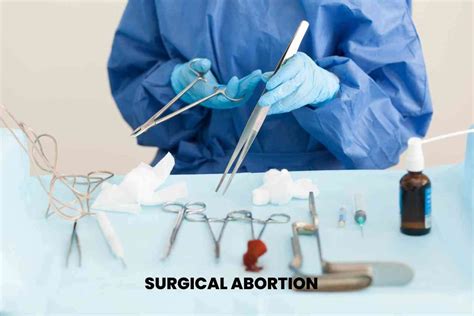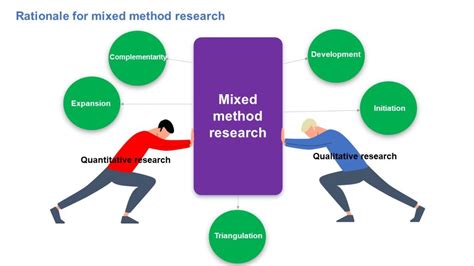Intro
The topic of abortion is complex and multifaceted, involving medical, ethical, and legal considerations. Understanding the different types of abortions is crucial for individuals seeking to make informed decisions about their reproductive health. Abortions can be categorized based on the method used, the stage of pregnancy, and the reasons behind the procedure. This article aims to delve into the various types of abortions, exploring their mechanisms, benefits, and potential risks, as well as the legal and ethical frameworks surrounding them.
The decision to undergo an abortion is deeply personal and can be influenced by a range of factors, including health concerns, financial stability, and personal beliefs. As such, it's essential for individuals to have access to comprehensive information about the different types of abortions available. This knowledge empowers them to make decisions that align with their health needs and personal values. Furthermore, understanding the various types of abortions can help reduce stigma and promote a more nuanced discussion about reproductive rights.
The medical community recognizes several types of abortions, each with its own set of indications, procedures, and potential outcomes. These include medical abortions, surgical abortions, and in some cases, a combination of both. The choice between these types often depends on the gestational age of the pregnancy, the health of the individual, and their personal preferences. In addition to the medical aspects, the legal and ethical considerations surrounding abortions vary significantly across different regions and cultures, highlighting the need for a tailored approach to reproductive healthcare.
Medical Abortions

Benefits and Risks of Medical Abortions
The benefits of medical abortions include their effectiveness, the ability to manage the process in the comfort of one's own home, and the avoidance of surgical procedures. However, like any medical treatment, there are potential risks and side effects, including heavy bleeding, cramping, nausea, and in rare cases, infection. It's crucial for individuals undergoing a medical abortion to have access to medical care and support to manage any complications that may arise.Surgical Abortions

Types of Surgical Abortions
- **Vacuum Aspiration:** This is the most common method of surgical abortion, used up to about 16 weeks of gestation. It's a quick procedure, usually taking a few minutes, and can be performed under local anesthesia. - **Dilation and Evacuation (D&E):** Used later in pregnancy, D&E involves dilating the cervix and removing the fetus and placenta with surgical instruments. - **Induction Abortion:** This method involves using medications to induce labor, and the pregnancy is delivered. It's typically used in the second trimester.Combined Methods

Reasons for Choosing Combined Methods
The decision to use a combination of methods can depend on several factors, including the gestational age, the individual's health status, and any previous complications. The goal is to ensure a safe and effective termination of pregnancy with minimal risk of complications.Legal and Ethical Considerations

Global Perspectives on Abortion
- **Legal Frameworks:** Countries like the United States, Canada, and many European nations have legal frameworks that protect the right to abortion under certain conditions. - **Restrictions and Bans:** In contrast, some countries have strict laws against abortion, with few or no exceptions, leading to unsafe clandestine procedures and significant health risks. - **Cultural and Religious Influences:** The availability and acceptance of abortion services are also influenced by cultural and religious beliefs, highlighting the need for a nuanced and respectful approach to reproductive healthcare.Conclusion and Future Directions

As we move forward, it's essential to address the disparities in access to abortion services, both within and across countries. This involves not only legal reforms but also efforts to reduce stigma, improve healthcare infrastructure, and enhance education and family planning resources. By working together, we can create a world where individuals have the autonomy to make choices about their bodies, their health, and their futures, supported by safe, accessible, and respectful healthcare services.
What are the main types of abortions?
+The main types of abortions include medical abortions, which use medication to terminate a pregnancy, and surgical abortions, which involve a medical procedure. There are also combined methods that may be used in certain situations.
At what stage of pregnancy can medical abortions be performed?
+Medical abortions are typically used during the early stages of pregnancy, up to about 10 weeks of gestation.
What are the legal considerations surrounding abortions?
+The legal considerations surrounding abortions vary significantly across different countries and regions, with some places having legal frameworks that protect the right to abortion and others having strict laws against it.
We invite readers to share their thoughts and questions about the types of abortions and the importance of access to safe and respectful reproductive healthcare. Your engagement and feedback are invaluable in promoting a more informed and compassionate discussion about this critical aspect of human health and rights. Whether you're seeking information for personal reasons or looking to contribute to the broader conversation, your voice matters. Let's work together to ensure that everyone has the information and support they need to make informed decisions about their health and well-being.
